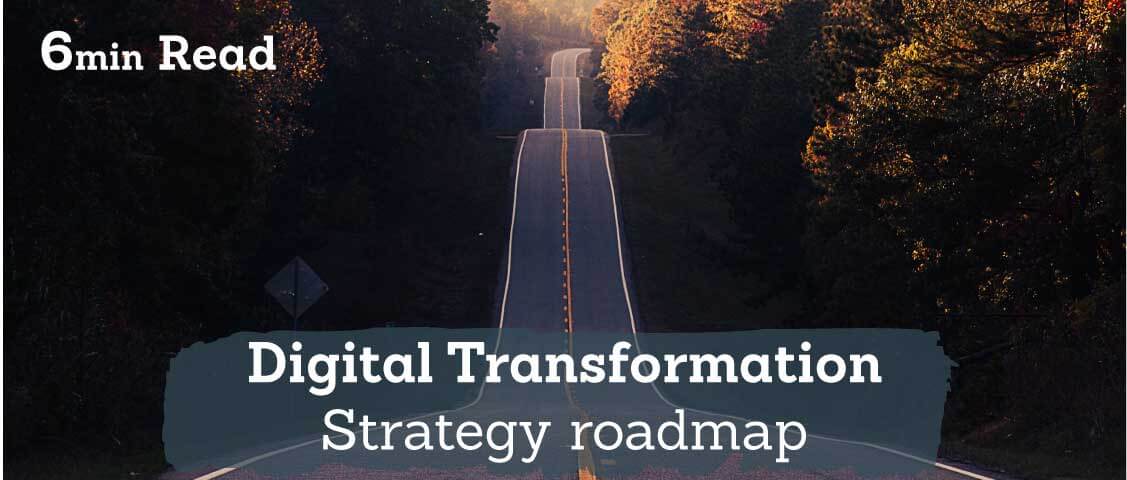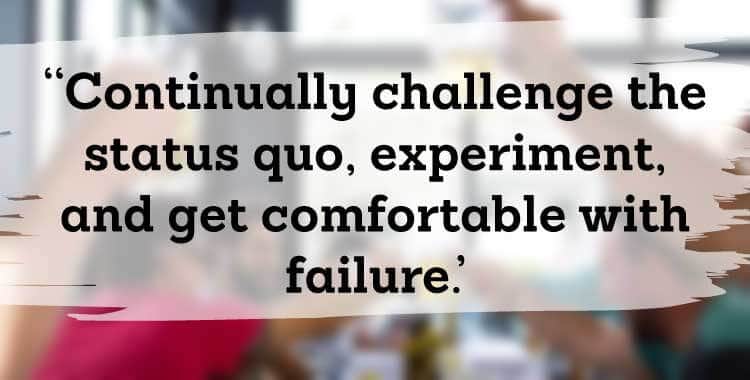Digital Transformation strategy roadmap

Published:
Digital transformation or DX is a phrase popular a few years ago with the digital boom. But there’s still a huge amount of companies who still haven’t made the change, or started to, and stopped. If you’re reading this, you’re probably one of them. It’s hard to make significant changes when you don’t know where to start, we get it. So we’re here to give you the last digital transformation strategy you’ll ever need.
Why make the change, things work fine already?
This is most common thing you’ll hear from the higher-ups, “but it works now, why fix it?”. Because it is broken, you just don’t know it because you’ve got used to slow processes and spending your day filing paperwork. And honestly, your customers will have noticed.
This attitude is odd when you consider 37% of companies think going digital will help productivity and a whole host of other benefits.

What even is digital transformation, though? Salesforce sum it up nicely, it’s the act of changing over your processes to faster, digital ones to meet new industry standards. That’s the main bit, ‘to meet the new industry standards’ because they do in fact change quite a lot.
But the main area of change comes for your customers’ experience, rather than just your internal processes.
We’re not here to shame you if you’ve been reluctant to take the plunge, but we are here to offer the solution; a complete digital transformation strategy.
Let’s get into it!
Where do we start? – The Basics
1. Analyse your objectives – What’s worth changing
It’s not as easy as flicking the ‘on’ switch. The Enterprise Project describes the need for companies to ‘continually challenge the status quo, experiment, and get comfortable with failure.’ But you’ve got to start somewhere right?
Start by thinking about which areas of your business would benefit from digitalisation. For example, most businesses have A LOT of paper processes, sending, signing and filing paper. This analogue process is 100% eating huge amounts of time and money. So think, if this is you, perhaps you could invest in an electronic signature solution to send and file everything online.
Or maybe you’re having issues with customer retention and getting high-quality conversions. Take a look at how digital processes could help your customers’ experience with your brand, and how you can harness digital to increase brand loyalty.
If you look at each area of your business, even if you think they’re performing just fine you’ll be able to prioritise what you digitalise first. Obviously, this is where money comes into it, ROI needs to be weighed up against the priority list. This is what will make your case for digitalisation much stronger, showing the ROI, especially if this is the company’s first plunge into digital.
2. Get help and support from the right departments
This doesn’t mean everyone in the company has to be ok with the switch, but getting the support from key organisational departments will help. When you come to implement your digital transformation strategy you want to have already spoken about your ideas to the people who will help get them done.
The collaboration between your departments will actually get so much easier as you make more shifts to digital. Digital transformation is inherently collaborative as everything is far more transparent and everyone ‘has a copy’ of the information.
This helps break down the barriers between teams allowing more open communication. Obviously, this depends on your company, but you’ll almost certainly see some positive change here.

3. Money – budgeting & ROI
Pretty simple, digitalisation costs money. So when you’re pitching the ideas make sure you’re relaying back to your previous research into predicted ROI.
But this is where you can break it down further into what you’ll actually be spending money on. Who will you need to hire, new expenses, software costs? This will help in the next steps of your digital transformation strategy too. Once you go through the motions once, it’ll be easier to calculate the budget needed for more digitalisation.
Just think in the long run, you’ll be saving a huge amount, compared to old, outdated processes.
4. Planning – The Digital Transformation Strategy
You’ve done all the hard work, and now it’s time to put it all into an actionable plan. A timeline is a really good place to start so you can evaluate your priorities and how long you think each will take. This allows you to plan ahead and prepare for the eventualities, leaving you free to tackle the inevitable bumps in the road.
It’s a step by step process like we said, it’s not a case of flicking an ‘on’ switch. By doing the constant change and experimenting will put you ahead of your competition. Start with the easier wins, and work your way up to full digitalisation.
